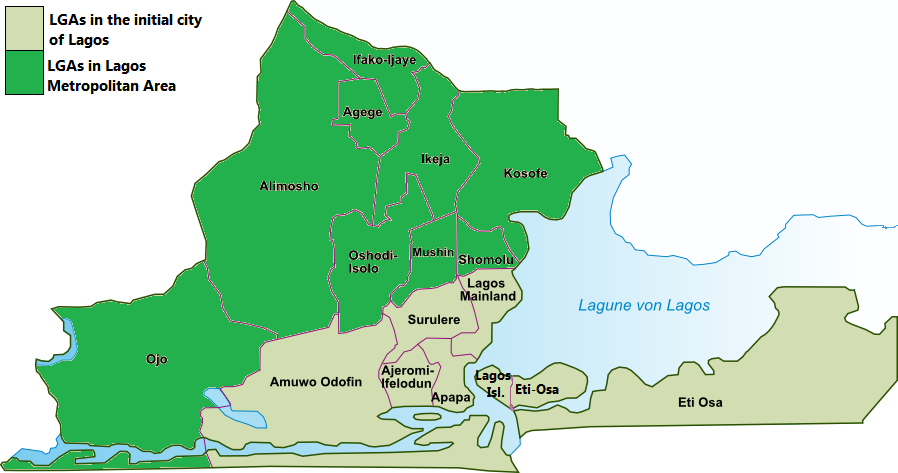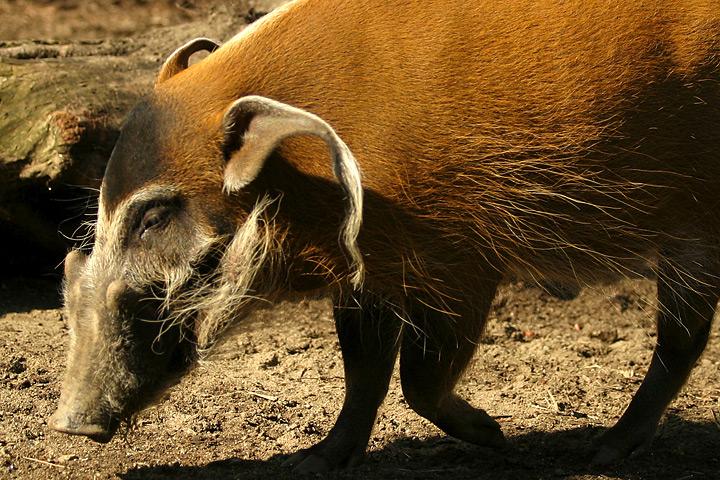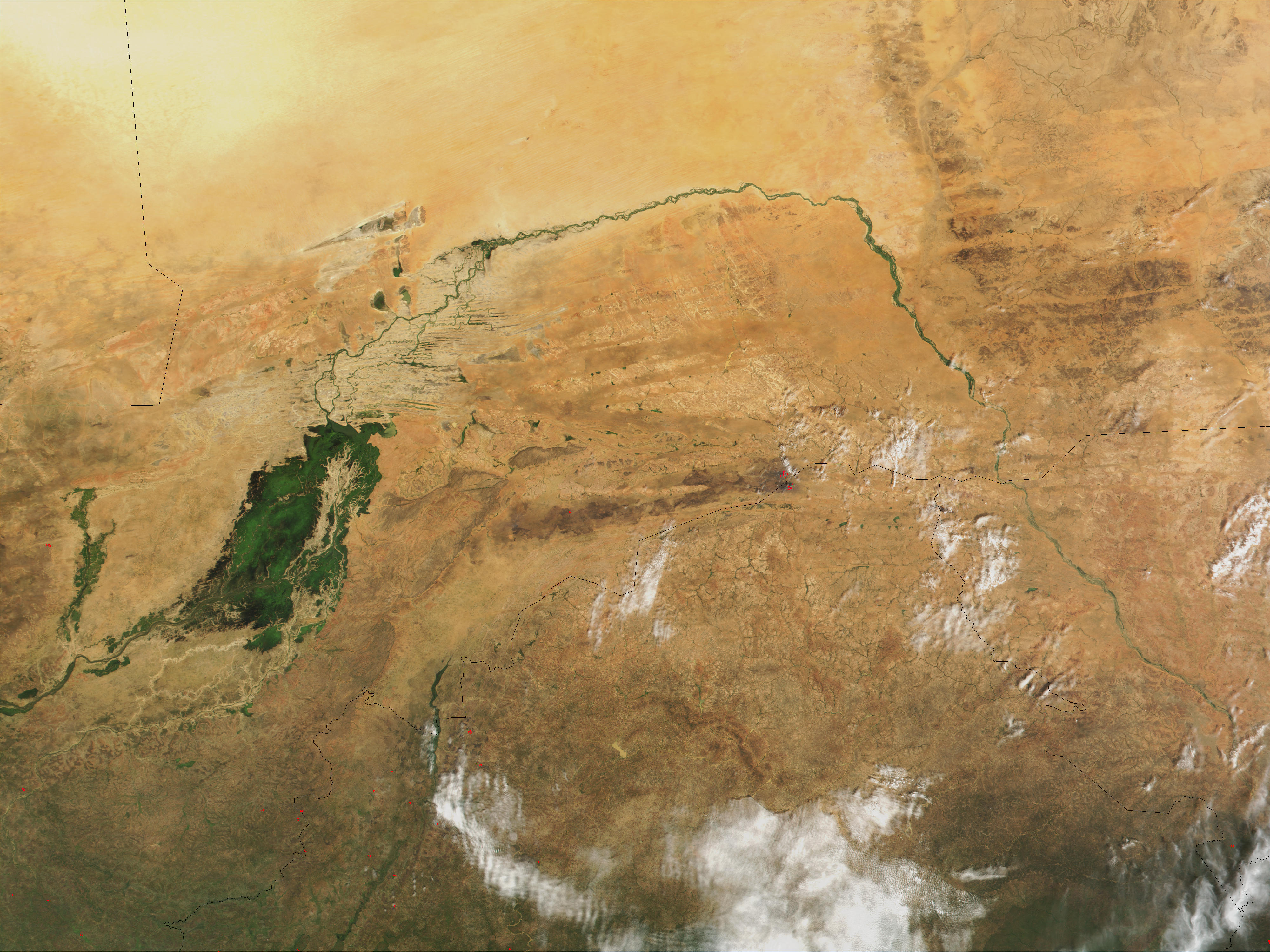|
Raphia Vinifera
''Raphia vinifera'', the West African piassava palm, bamboo palm or West African bass fibre is a palm tree species in the genus '' Raphia''. It is native to Benin, Gambia, Ghana, Nigeria, Togo, Central African Republic, Cameroon, and Democratic Republic of the Congo ( = Zaire = Congo-Kinshasa). It is particularly abundant along the creeks of Niger Delta, Cross River, Lagos and Ikorodu in Nigeria. The nut contains bitter oil, which has the property of stupefying fish. The variety or subspecies found in the Niger River The Niger River ( ; ) is the main river of West Africa, extending about . Its drainage basin is in area. Its source is in the Guinea Highlands in south-eastern Guinea near the Sierra Leone border. It runs in a crescent shape through Mali, Nige ... delta is called the "King Raphia" (''Raphia vinifera'' var. ''nigerica'') is extraordinary in being the only known type of palm with opposite pairs of leaves. This variety also differs in having reddish petioles. R ... [...More Info...] [...Related Items...] OR: [Wikipedia] [Google] [Baidu] [Amazon] |
Ambroise Marie François Joseph Palisot De Beauvois
Ambroise Marie François Joseph Palisot, Baron de Beauvois (27 July 1752, in Arras – 21 January 1820, in Paris) was a French Natural history, naturalist and zoologist. Palisot collected insects in Oware, Benin, Saint Domingue, and the United States, from 1786 to 1797. Trained as a botanist, Palisot published a significant entomological paper entitled, "Insectes Receuillis en Afrique et en Amerique". Together with Frederick Valentine Melsheimer, he was one of the first entomologists to collect and describe American insects. He described many common insects and suggested an ordinal classification of insects. He described many Scarabaeidae as well as illustrating them for the first time. The study included 39 ''Scarabaeus'' species, 17 ''Copris'' species, 7 ''Trox'' species, 4 ''Cetonia'' and 4 ''Trichius'' species. Familiar beetles such as ''Canthon viridis'', ''Macrodactylus angustatus'' and ''Osmoderma scabra'' were first described by him. Many of the specimens that were label ... [...More Info...] [...Related Items...] OR: [Wikipedia] [Google] [Baidu] [Amazon] |
Lagos
Lagos ( ; ), or Lagos City, is a large metropolitan city in southwestern Nigeria. With an upper population estimated above 21 million dwellers, it is the largest city in Nigeria, the most populous urban area on the African continent, and one of the fastest-growing megacity, megacities in the world. Lagos was the national capital of Nigeria until the Government of Nigeria, government's December 1991 decision to move their capital to Abuja, in the centre of the country. Lagos is a major African financial center, financial centre and is the economic hub of Lagos State and Nigeria at large. The city has a significant influence on commerce, entertainment, technology, education, politics, tourism, art, and fashion in Africa. Lagos is also among the top ten of the world's fastest-growing cities and Urban area, urban areas. In 2024, Time Out (magazine), Time Out magazine ranked Lagos as the 19th best city to visit in the world. A megacity, it has the second-highest Gross domestic pr ... [...More Info...] [...Related Items...] OR: [Wikipedia] [Google] [Baidu] [Amazon] |
Flora Of The Central African Republic
Flora (: floras or florae) is all the plant life present in a particular region or time, generally the naturally occurring ( indigenous) native plants. The corresponding term for animals is ''fauna'', and for fungi, it is ''funga''. Sometimes bacteria and fungi are also referred to as flora as in the terms ''gut flora'' or ''skin flora'' for purposes of specificity. Etymology The word "flora" comes from the Latin name of Flora, the goddess of plants, flowers, and fertility in Roman mythology. The technical term "flora" is then derived from a metonymy of this goddess at the end of the sixteenth century. It was first used in poetry to denote the natural vegetation of an area, but soon also assumed the meaning of a work cataloguing such vegetation. Moreover, "Flora" was used to refer to the flowers of an artificial garden in the seventeenth century. The distinction between vegetation (the general appearance of a community) and flora (the taxonomic composition of a community) was ... [...More Info...] [...Related Items...] OR: [Wikipedia] [Google] [Baidu] [Amazon] |
Flora Of Togo
Flora (: floras or florae) is all the plant life present in a particular region or time, generally the naturally occurring (indigenous (ecology), indigenous) native plant, native plants. The corresponding term for animals is ''fauna'', and for fungi, it is ''funga''. Sometimes bacteria and fungi are also referred to as flora as in the terms ''gut flora'' or ''skin flora'' for purposes of specificity. Etymology The word "flora" comes from the Latin name of Flora (mythology), Flora, the goddess of plants, flowers, and fertility in Roman mythology. The technical term "flora" is then derived from a metonymy of this goddess at the end of the sixteenth century. It was first used in poetry to denote the natural vegetation of an area, but soon also assumed the meaning of a work cataloguing such vegetation. Moreover, "Flora" was used to refer to the flowers of an artificial garden in the seventeenth century. The distinction between vegetation (the general appearance of a community) and ... [...More Info...] [...Related Items...] OR: [Wikipedia] [Google] [Baidu] [Amazon] |
Flora Of Nigeria
The wildlife of Nigeria consists of the flora and fauna of this country in West Africa. Nigeria has a wide variety of habitats, ranging from mangrove swamps and tropical rainforest to savanna with scattered clumps of trees. About 290 mammal species and 940 bird species have been recorded in the country. Geography Nigeria is a large country in West Africa just north of the equator. It is bounded by Benin to the west, Niger to the north, Cameroon to the east and the Atlantic Ocean to the south. The country consists of several large plateaus separated by the valleys of the two major rivers, the Niger River, Niger and the Benue River, Benue, and their tributaries. These converge inland and flow into the Gulf of Guinea through a network of creeks and branches which form the extensive Niger Delta. Other rivers flow directly to the sea further west, with many smaller rivers being seasonal. The highest mountain is Chappal Waddi () on the Mambilla Plateau in the southeast of the country ... [...More Info...] [...Related Items...] OR: [Wikipedia] [Google] [Baidu] [Amazon] |
Flora Of Ghana
The wildlife of Ghana is composed of its biodiversity of fungi, flora and fauna. Biodiversity Fungi Ghana is home to a significant number of fungi species including: ''Aspergillus flavus''; ''Athelia rolfsii''; ''Auricularia auricula-judae''; ''Curvularia''; ''Fusarium oxysporum''; ''Fusarium solani'' f.sp. ''pisi''; ''Gibberella intricans''; '' Gibberella stilboides''; and ''Macrophomina phaseolina''. The true total number of fungal species occurring in Ghana is in the thousands and given the generally accepted estimate that only about 7 percent of all fungi worldwide have so far been discovered and that the amount of available information is still very small. Flora The flora of Ghana is diverse with both indigenous and introduced floral species considered in Ghana's floral diversity. A total of some 3,600 species of the major regional centres of endemism represent the three major taxonomic groups. Floral diversity is more pronounced among the angiosperms represented with w ... [...More Info...] [...Related Items...] OR: [Wikipedia] [Google] [Baidu] [Amazon] |
Flora Of The Gambia
The wildlife of the Gambia is dictated by several habitat zones over the Gambia's land area of about 10,000 km2. It is bound in the south by the savanna and on the north by the Sudanian woodlands. The habitats host abundant indigenous plants and animals, in addition to migrant species and newly planted species. They vary widely and consist of the marine system, coastal zone, estuary with mangrove vegetation coupled with Banto Faros (barren hypersaline flats), river banks with brackish and fresh water zones, swamps covered with forests and many wetlands.Penney, pp. 5–7 According to the government of the Gambia, about 3.7% of the land area of the country has been brought under national parks or reserves, and the present wildlife policy is to extend this coverage to 5%. The seven areas included in the protected list are the Niumi National Park, Kiang West National Park, River Gambia National Park, Bao Bolong Wetland Reserve, Abuko Nature Reserve, Tanbi Wetland Complex and th ... [...More Info...] [...Related Items...] OR: [Wikipedia] [Google] [Baidu] [Amazon] |
Flora Of The Democratic Republic Of The Congo
Flora (: floras or florae) is all the plant life present in a particular region or time, generally the naturally occurring ( indigenous) native plants. The corresponding term for animals is ''fauna'', and for fungi, it is '' funga''. Sometimes bacteria and fungi are also referred to as flora as in the terms ''gut flora'' or ''skin flora'' for purposes of specificity. Etymology The word "flora" comes from the Latin name of Flora, the goddess of plants, flowers, and fertility in Roman mythology. The technical term "flora" is then derived from a metonymy of this goddess at the end of the sixteenth century. It was first used in poetry to denote the natural vegetation of an area, but soon also assumed the meaning of a work cataloguing such vegetation. Moreover, "Flora" was used to refer to the flowers of an artificial garden in the seventeenth century. The distinction between vegetation (the general appearance of a community) and flora (the taxonomic composition of a community) wa ... [...More Info...] [...Related Items...] OR: [Wikipedia] [Google] [Baidu] [Amazon] |
Flora Of Benin
Flora (: floras or florae) is all the plant life present in a particular region or time, generally the naturally occurring (indigenous) native plants. The corresponding term for animals is ''fauna'', and for fungi, it is ''funga''. Sometimes bacteria and fungi are also referred to as flora as in the terms ''gut flora'' or ''skin flora'' for purposes of specificity. Etymology The word "flora" comes from the Latin name of Flora, the goddess of plants, flowers, and fertility in Roman mythology. The technical term "flora" is then derived from a metonymy of this goddess at the end of the sixteenth century. It was first used in poetry to denote the natural vegetation of an area, but soon also assumed the meaning of a work cataloguing such vegetation. Moreover, "Flora" was used to refer to the flowers of an artificial garden in the seventeenth century. The distinction between vegetation (the general appearance of a community) and flora (the taxonomic composition of a community) was ... [...More Info...] [...Related Items...] OR: [Wikipedia] [Google] [Baidu] [Amazon] |
Petiole (botany)
In botany, the petiole () is the stalk that attaches the leaf blade to the Plant stem, stem. It is able to twist the leaf to face the sun, producing a characteristic foliage arrangement (spacing of blades), and also optimizing its exposure to sunlight. Outgrowths appearing on each side of the petiole in some species are called stipules. The terms wikt:petiolate, petiolate and wikt:apetiolate, apetiolate are applied respectively to leaves with and without petioles. Description The petiole is a stalk that attaches a leaf to the plant stem. In petiolate leaves the leaf stalk may be long (as in the leaves of celery and rhubarb), or short (for example basil). When completely absent, the blade attaches directly to the stem and is said to be Sessility (botany), sessile or apetiolate. Subpetiolate leaves have an extremely short petiole, and may appear sessile. The broomrape family Orobanchaceae is an example of a family in which the leaves are always sessile. In some other plant group ... [...More Info...] [...Related Items...] OR: [Wikipedia] [Google] [Baidu] [Amazon] |
Niger River
The Niger River ( ; ) is the main river of West Africa, extending about . Its drainage basin is in area. Its source is in the Guinea Highlands in south-eastern Guinea near the Sierra Leone border. It runs in a crescent shape through Mali, Niger, on the border with Benin and then through Nigeria, discharging through a massive River delta, delta, known as the Niger Delta, into the Gulf of Guinea in the Atlantic Ocean. The Niger is the third-longest river in Africa, exceeded by the Nile and the Congo River. Its main tributary is the Benue River. Etymology The Niger has different names in the different languages of the region: * Fula language, Fula: ''Maayo Jaaliba'' * Manding languages, Manding: ''Jeliba'' or ''Joliba'' "great river" * Tuareg languages, Tuareg: ''Eġərəw n-Igərǝwăn'' "river of rivers" * Songhay languages, Songhay: ''Isa'' "the river" * Zarma language, Zarma: ''Isa Beeri'' "great river" * Hausa language, Hausa: ''Kwara'' *Nupe language, Nupe: ''Èdù'' ... [...More Info...] [...Related Items...] OR: [Wikipedia] [Google] [Baidu] [Amazon] |
Stupefying
{{Short pages monitor ... [...More Info...] [...Related Items...] OR: [Wikipedia] [Google] [Baidu] [Amazon] |






